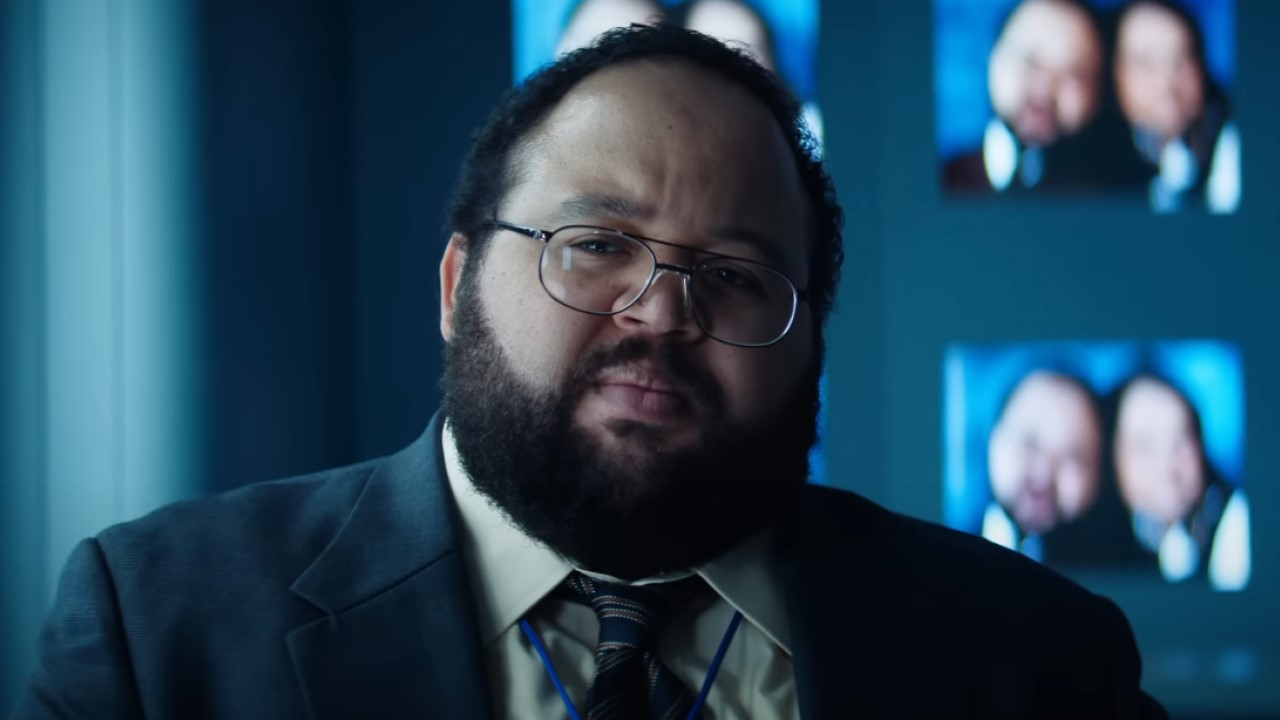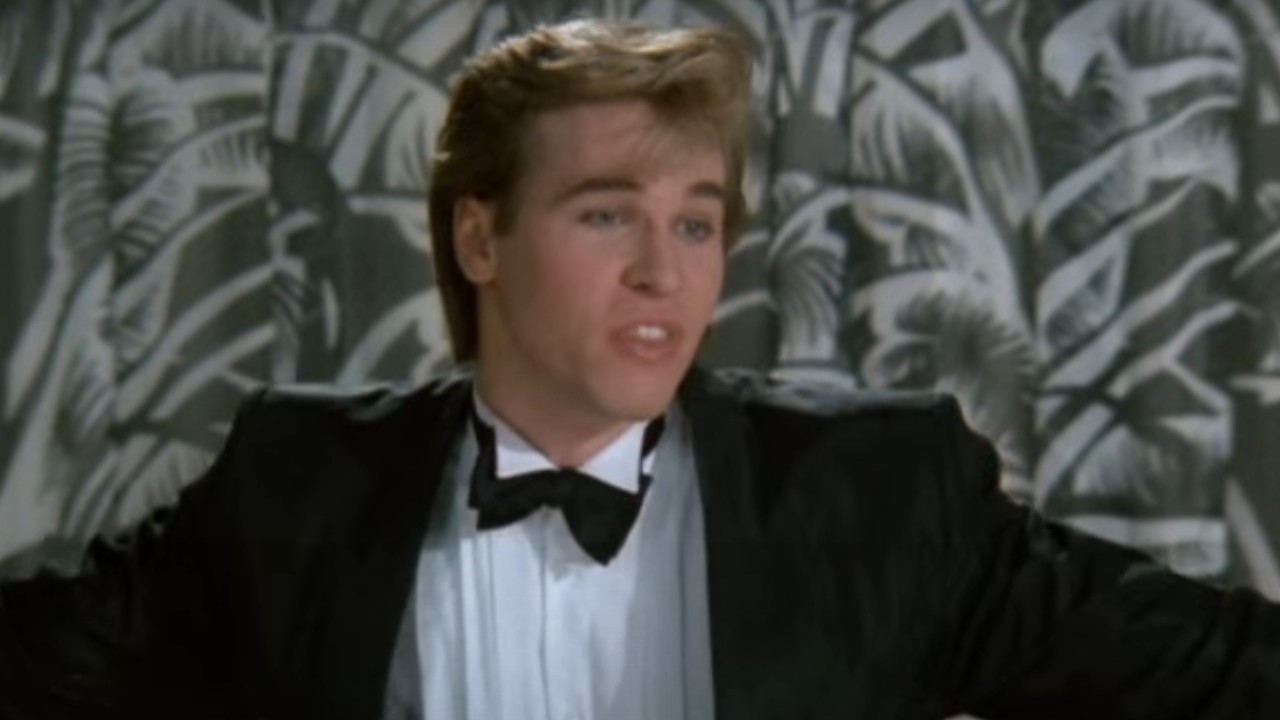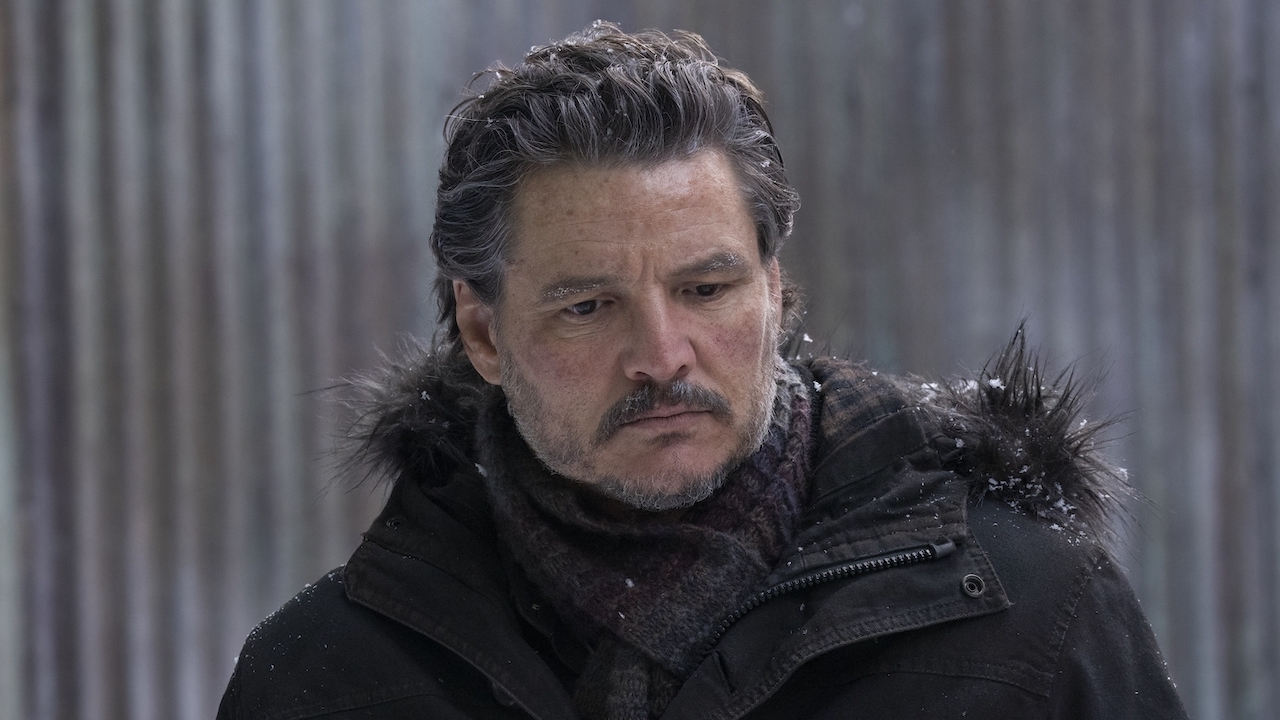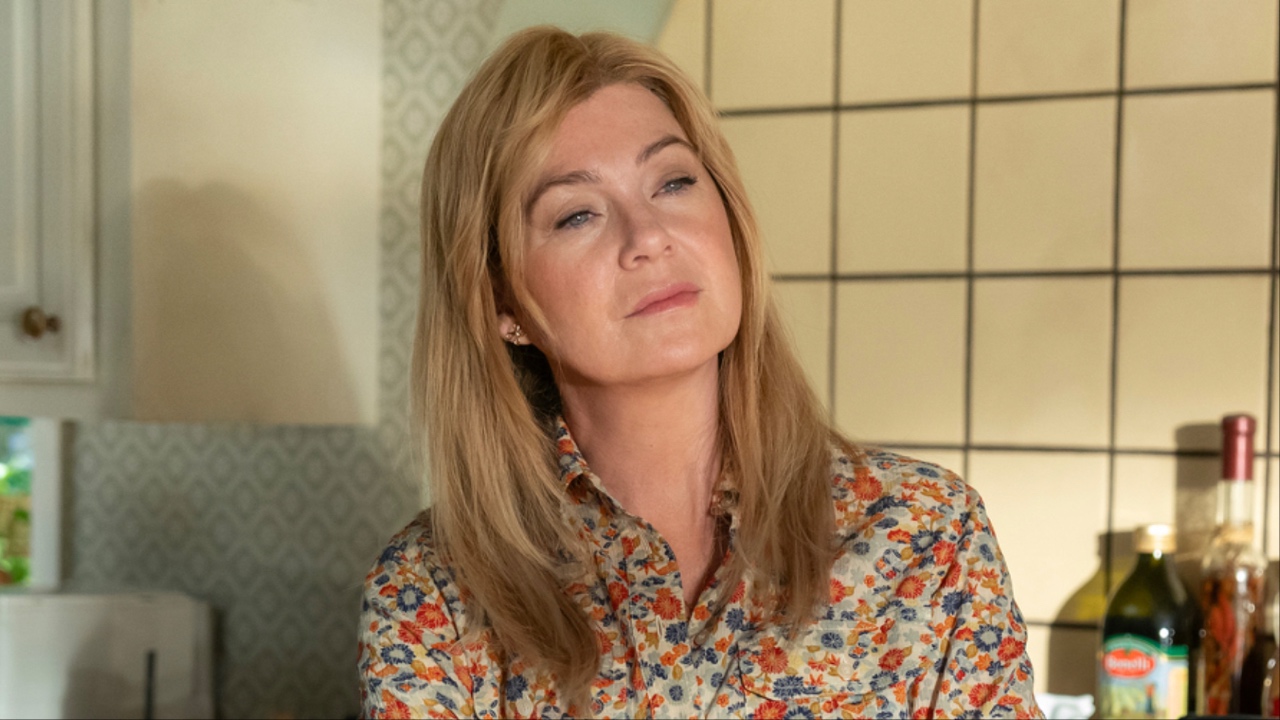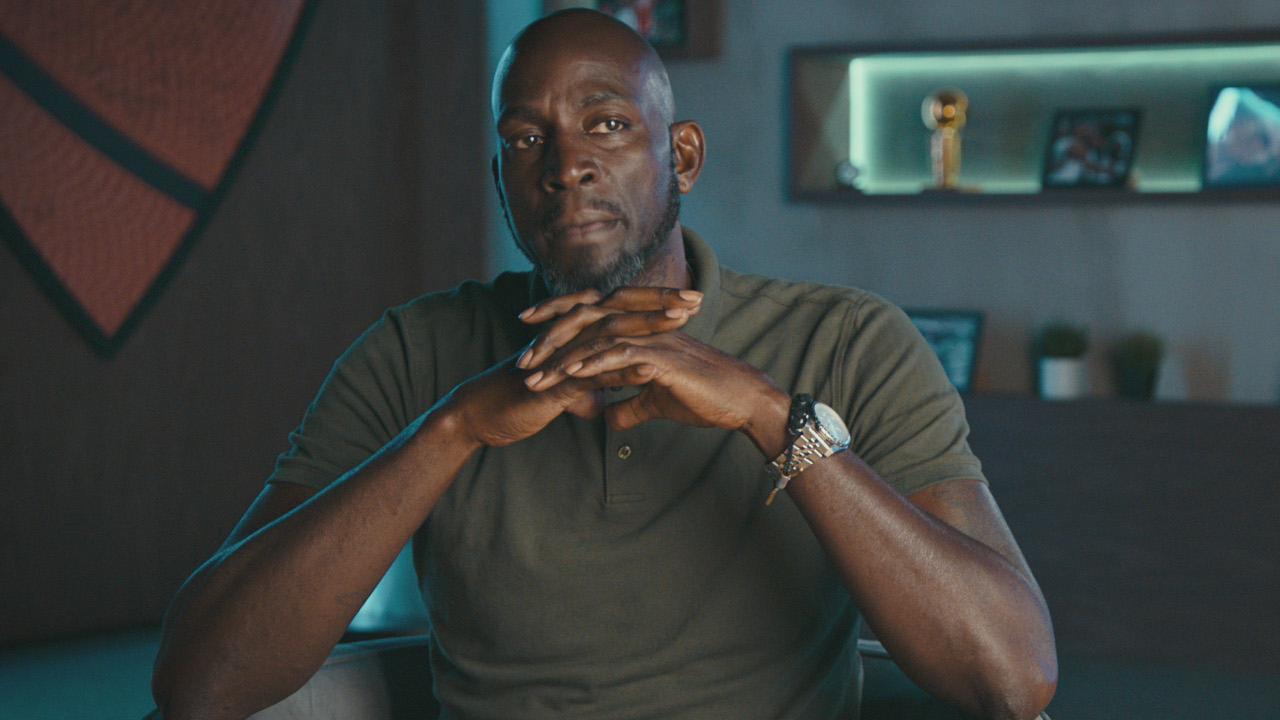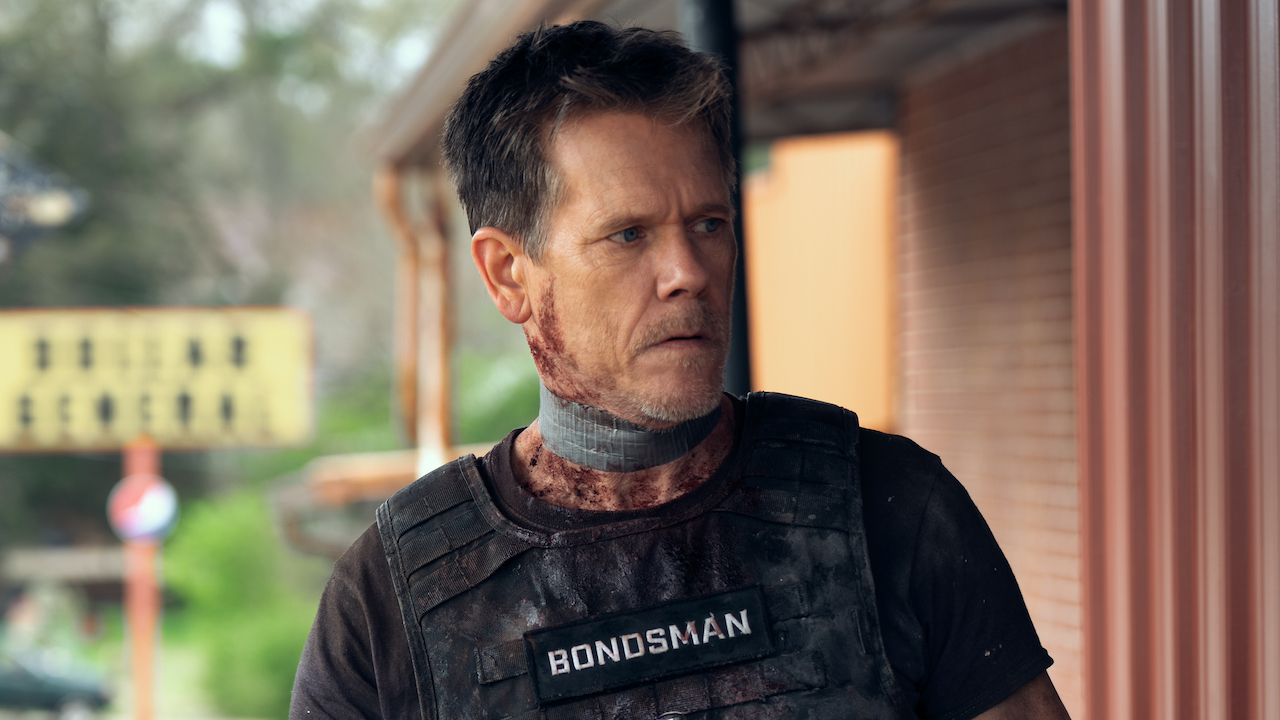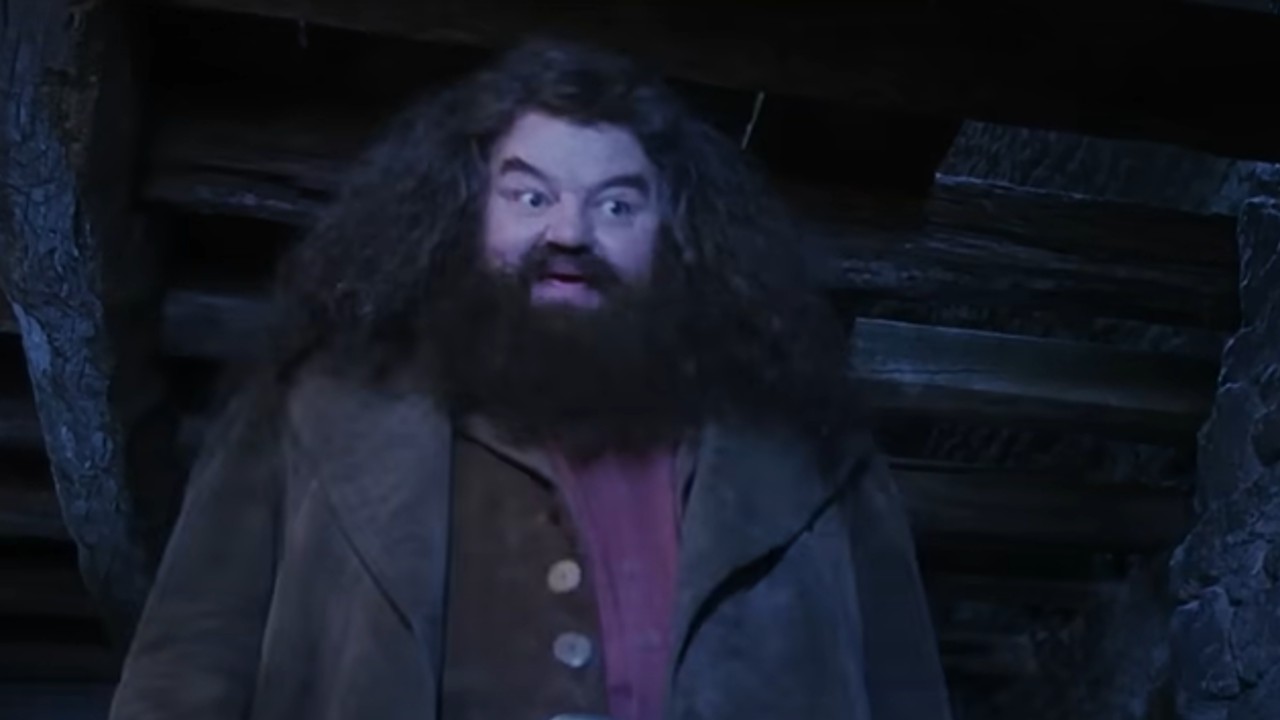Adapting Stephen King's Umney’s Last Case: Nightmares & Dreamscapes' Third Episode Is A Magnificent Meta Marvel
William H. Macy is phenomenal in a dual role.
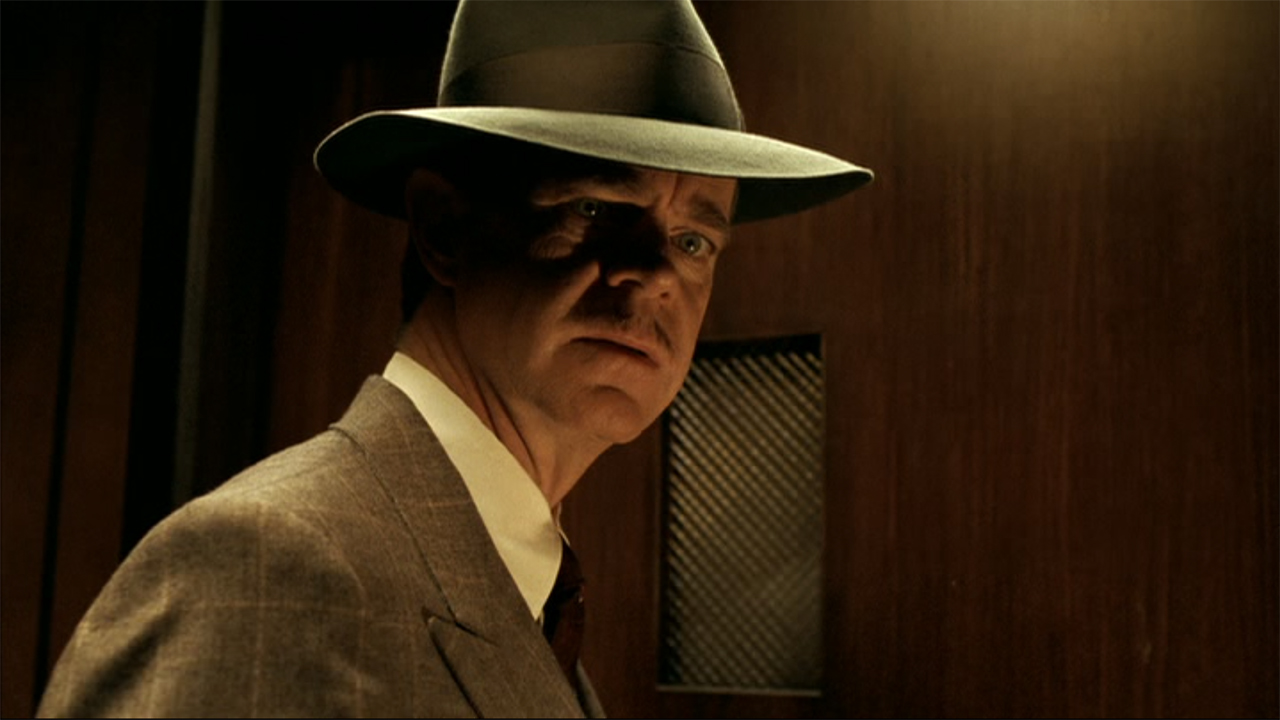
In its first week on the air, Nightmares & Dreamscapes: From The Stories Of Stephen King was considered a success in the ratings. TNT aired the first two episodes in a two-hour block the night of Wednesday, July 12, 2006 – the premiere, “Battleground,” going sans commercial interruptions – and reports showed that an average of 5 million viewers were tuned in to watch the anthology series.
What’s unfortunate in the saga of Nightmares & Dreamscapes is that the ratings unfortunately didn’t stay strong. Scott von Doviak notes in Stephen King Films FAQ that attention retention proved to be an issue that cropped up immediately, and the second slate of episodes saw the series’ number of viewers shrink by about 2 million. This being a time before TV watchers could simply tune into a streaming service and catch up to the show later, it immediately spelled trouble.
That aforementioned shrink particularly hurts because it means that there wasn’t a properly sized audience tuned in to watch the premiere of the excellent “Umney’s Last Case” – the episode from X-Files/Star Trek: The Next Generation director Rob Bowman and writer April Smith, and based on the short story of the same name by Stephen King. It’s a special chapter of Nightmares & Dreamscapes for reasons I’ll get into later, and a fun focus for this week’s Adapting Stephen King.
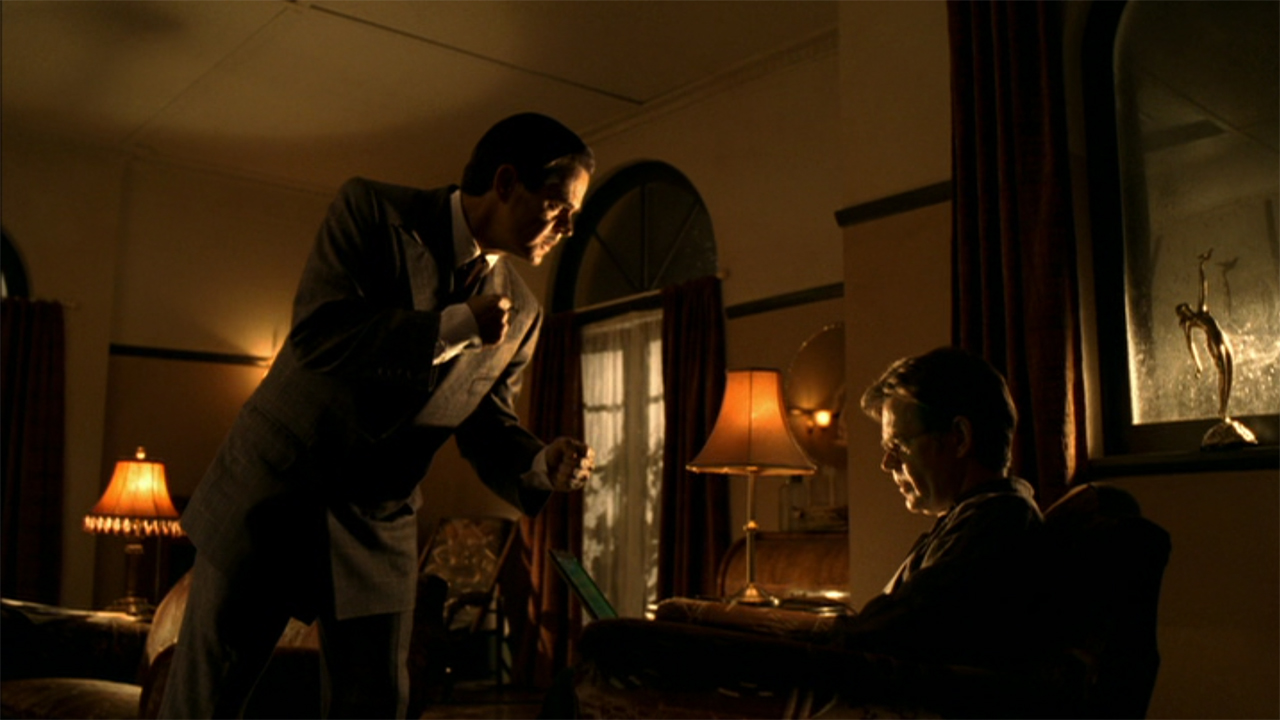
What “Umney’s Last Case” Is About
In the last decade, detective fiction has become a much more significant part of the Stephen King oeuvre, with the Bill Hodges trilogy launching in 2014 with Mr. Mercedes, and the adventures of Holly Gibney continuing with The Outsider, “If It Bleeds,” and the upcoming Holly, which will be published in 2023. Of course, this isn’t to say that he was unexperienced with the genre prior – which is where “Umney’s Last Case” enters the picture.
The short story was an original creation for the Nightmares & Dreamscapes collection, published in 1993, and Stephen King documents in the book’s notes section that it was intentionally written to follow “The Doctor’s Case” – which is a non-canonical Sherlock Holmes story that King initially penned for the 1987 collection The New Adventures of Sherlock Holmes. Just as that piece is a pastiche penned in the style of Sir Arthur Conan Doyle, “Umney’s Last Case” was created with the author channeling legendary pulp writers Raymond Chandler and Ross Macdonald.
What makes the short story special, however, is that it has the flair and energy of novels featuring Philip Marlowe and Lew Archer, but Stephen King didn’t let the homage drown out his own voice and narrative proclivities. As he acknowledges in the Nightmares & Dreamscapes notes, King writes what he knows, and writing is one of the things he knows about best. “Umney’s Last Case” is an exercise in trying to understand an author’s sense of identity when it comes to the stories they tell and the characters they create:
The question, which haunts and nags and won't ever completely let go is this one: Who am I when I write? Who are you, for that matter? Exactly what is happening here, and why, and does it matter?
Stephen King calls the short story his favorite in Nightmares & Dreamscapes.
CINEMABLEND NEWSLETTER
Your Daily Blend of Entertainment News
Clyde Umney is a private detective living in Los Angeles at the end of the 1930s, and as he goes through his morning routine on one calm spring morning, it slowly dawns on him that his world isn’t quite normal and that everything seems to be changing. The friendly blind paperboy, Peoria Smith, declares that his mother won the lottery down in Tijuana, and that a doctor is going to perform an operation that will allow him to see. The elevator operator in his office building is retiring and coughing up blood. His longtime assistant, Candy Cain, resigns with a note, saying that she is sick of his harassment.
It’s only when a new client walks in through the door that the detective begins to finally understand what’s going on. Umney’s client – his last client – is Samuel D. Landry, and he is, for all practical purposes, god. Landry is an author who has found success writing a series of novels featuring Clyde Umney as his protagonist, but he’s ready for their relationship to change. After the death of his son and wife, Landry aims to leave his own world and live in the one he has created, sending Umney to exist in the mess that is our reality.

How Nightmares & Dreamscapes’ “Umney’s Last Case” Differs From The Short Story
Despite Nightmares & Dreamscapes episodes being 44-55 minutes long, the majority of them have to expand on their source material. “Umney’s Last Case” is part of this group, starting with the smart addition of an original first act.
In Stephen King’s short story, we understand the protagonist’s panic while noticing that the world to which he is accustomed is changing via the first person perspective – but a television episode sans voice over narration doesn’t have the luxury of that intimate point of view. This in mind, April Smith makes a smart call, and opts to show instead of tell.
The episode begins with the last “normal” day in the life of Clyde Umney (William H. Macy). We see him flirt with Candy Cain (Tory Mussett), chat with the elevator operator (Harold Hopkins) and Peoria Smith (Julian O'Donnell), and even save his girl (Melinda Butel) from a hail of gunfire that breaks out in the local diner. It’s only after Umney wakes up the next morning that he notices that things aren’t quite right, and the audience joins him in trying to understand the mystery.
It’s toward the middle of the episode that the adaptation makes another significant change, which concerns the life of Sam Landry (William H. Macy) and his family. The episode isn’t anywhere near as dark as what Stephen King originally wrote. In the short story, Sam’s son, Daniel, suffers a head injury while playing on the swings, and while being treated at the hospital he receives a blood transfusion that is contaminated with the AIDS virus. After Daniel dies, Sam buries himself in his work and develops a horrible case of shingles, and his wife, Linda, commits suicide. It’s two years after Linda’s death that the author executes his plan to swap places with Clyde Umney, having nothing else in his life to hold on to.
Nightmares & Dreamscapes still features tragedy, but it’s not quite as intense. Daniel dies not from AIDS, but from drowning in the backyard pool during a party. Sam throws himself into his work, but Linda (Jacqueline McKenzie) doesn’t commit suicide – instead, she actually plants the idea of switching places with Umney in Sam’s mind.
Linda being alive when the change is made significantly changes the third act from what happens in the short story – though that’s far from the only liberty that the adaptation takes with the material. For starters, Umney actually switches bodies with Landry in the Stephen King version, the writer said to be many years older than the detective. Now living in the real world (which is also the future) the fictional character has to deal with the terrors of reality, including learning how to go to the bathroom.
In the anthology series, Umney remains himself when he makes his big trip, and not only does Linda instantly believe that Sam is gone, but she is hopeful that the change means that her life can begin again. She seduces Umney with the hopes of getting pregnant with another son just like Daniel, but her hopes of a fresh start are dashed when she comes home one day and finds Umney fooling around with the pool girl (Tory Mussett) – whom Sam clearly used as inspiration for Candy Cain.
Understanding that Umney isn’t Sam and that she won’t ever be able to be with her son again, Linda goes to the hospital where Daniel died and jumps off of the roof. Sam, who we see awkwardly getting acclimated in his new life as a private detective, senses this from across realities and questions both what he has done and what he didn’t do.
Ultimately both the Stephen King short story and the episode end the same way: with Clyde Umney teaching himself how to become a writer, vowing to return to his world so that he can have revenge.
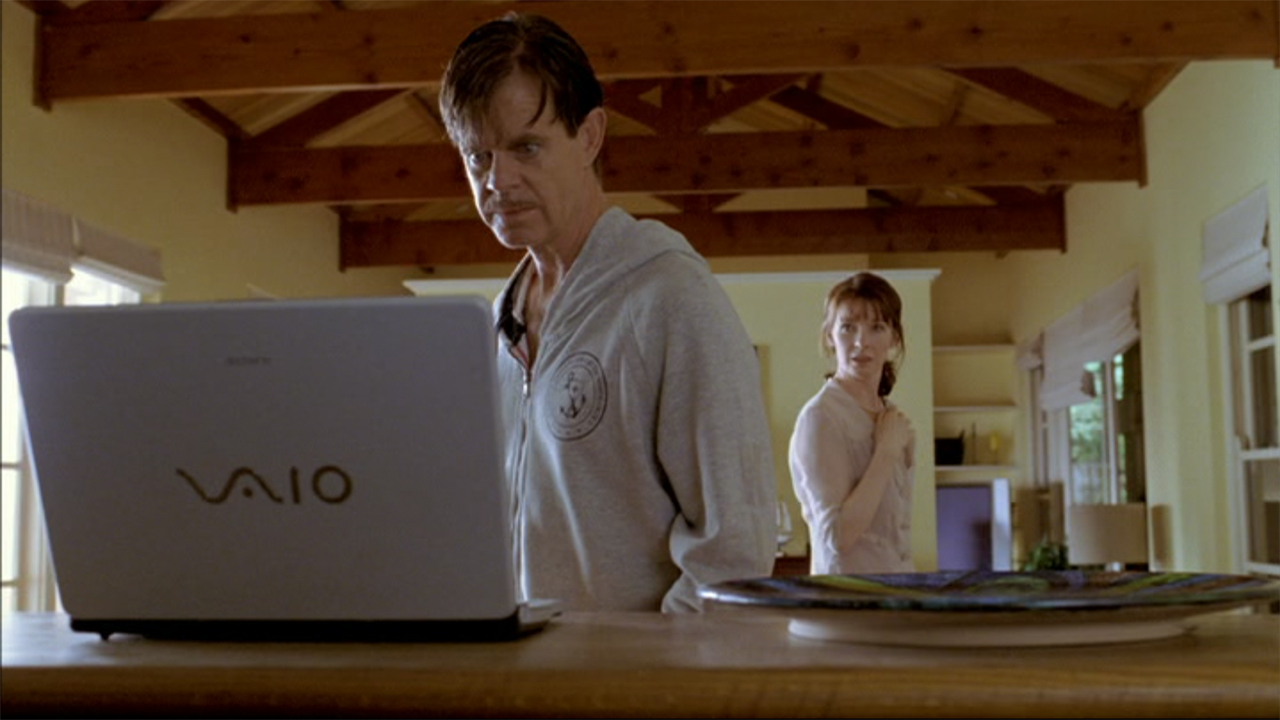
Is It Worthy Of The King?
I’ve used the last two installments of this column to tease my ranking of Nightmares & Dreamscapes: From The Stories Of Stephen King episodes – noting that “Battleground” is my second favorite episode, while I view “Crouch End” as the second weakest. Well, it’s now time to settle one of those mysteries. “Umney’s Last Case” is, in my opinion, the best chapter in the 2006 anthology series.
Part of this is pure subjectivity and partiality. Like Stephen King, I am a big fan of hardboiled detective fiction and brilliant authors like the aforementioned Raymond Chandler and Ross Macdonald along with Dashiell Hammett, James M. Cain, and Walter Mosley. Both the short story and the adaptation execute perfect and loving tropes of the genre, and it all shines even brighter with the meta twist – which is the other big aspect that plays to my personal sensibilities.
I love art that gets self-aware about the creative process – hence my love of Martin McDonagh’s Seven Psychopaths and the filmography of Charlie Kaufman – and “Umney’s Last Case” is a fascinating fourth-wall-breaking narrative.
As for the episode’s treatment of the source material, it makes far more great original choices than bad ones, and even those I don’t particularly like I can at least understand. In regards to the former, the first act is a perfect addition that is necessary and well-done. In regards to the latter, I think that Sam Landry being all alone and in terrible shingle-related pain is the better treatment of that character, though I get that keeping Linda alive for Umney’s arrival adds more meat to the story’s conclusion.
William H. Macy, who earned an Emmy nomination for his performance, is outstanding in the dual role, and does a remarkable job injecting wholly different energies into both Clyde Umney and Sam Landry. It’s some of the best work of his celebrated career, and even though the history of original Stephen King sequels is awful, I actually kind of wish I could see the lives of these characters continue in another story.
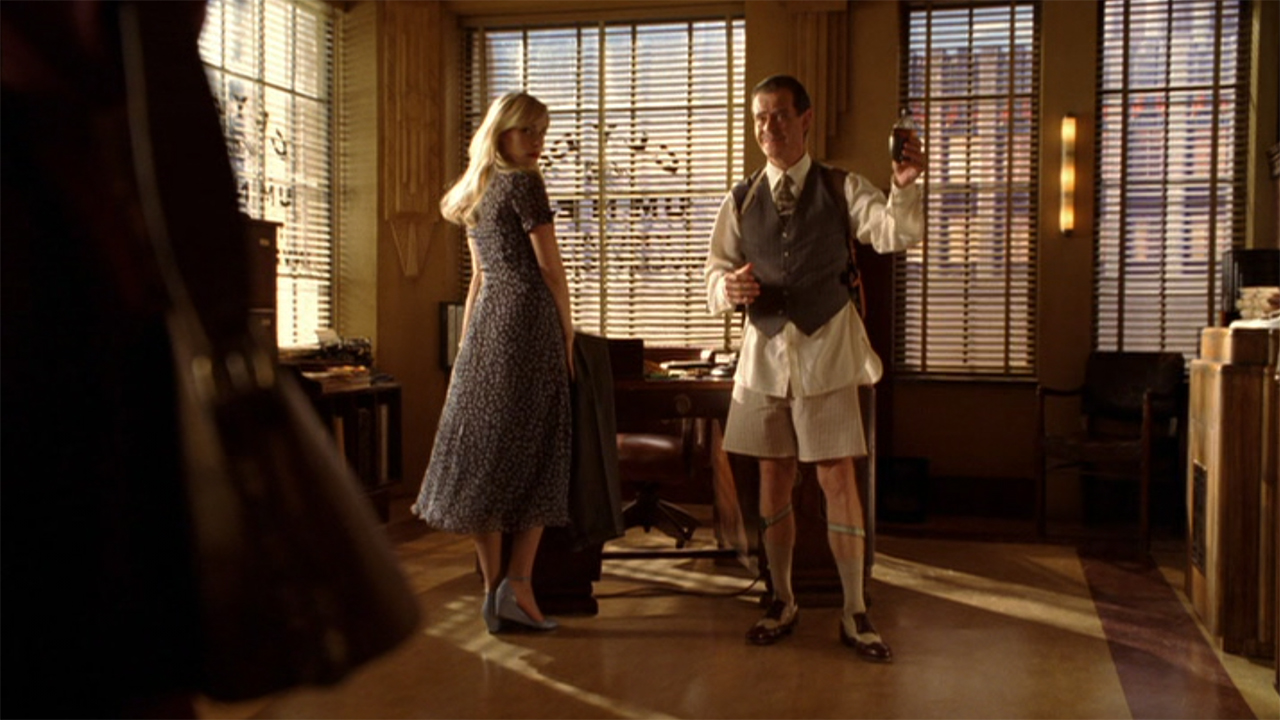
How To Watch Nightmares & Dreamscapes’ “Umney’s Last Case”
Once again, it is now time for me to deliver the bad news about the availability of Nightmares & Dreamscapes: From The Stories Of Stephen King – or, more accurately, the lack thereof. For reasons that persist to be unclear, the TNT series is not only absent from all streaming libraries, but it also isn’t available to be rented or purchased digitally from online retailers. As you can probably guess, Blu-ray is also not an option that is presently on the table. If you want to enjoy the excellence that is Nightmares & Dreamscapes, you’re going to have to pick up a copy of the three-disc DVD set (which, fortunately, is widely available at a low price).
Come next Wednesday, the next Adapting Stephen King column will once again be in the CinemaBlend TV section, and it will be time to take a look at the fourth episode of Nightmares & Dreamscapes, “The End Of The Whole Mess,” starring Ron Livingston and Henry Thomas (the first of the actor’s many King adaptations). While you wait, you can take a look back at the 49 previous installments of this on-going feature series by clicking through the banners below.







Eric Eisenberg is the Assistant Managing Editor at CinemaBlend. After graduating Boston University and earning a bachelor’s degree in journalism, he took a part-time job as a staff writer for CinemaBlend, and after six months was offered the opportunity to move to Los Angeles and take on a newly created West Coast Editor position. Over a decade later, he's continuing to advance his interests and expertise. In addition to conducting filmmaker interviews and contributing to the news and feature content of the site, Eric also oversees the Movie Reviews section, writes the the weekend box office report (published Sundays), and is the site's resident Stephen King expert. He has two King-related columns.
